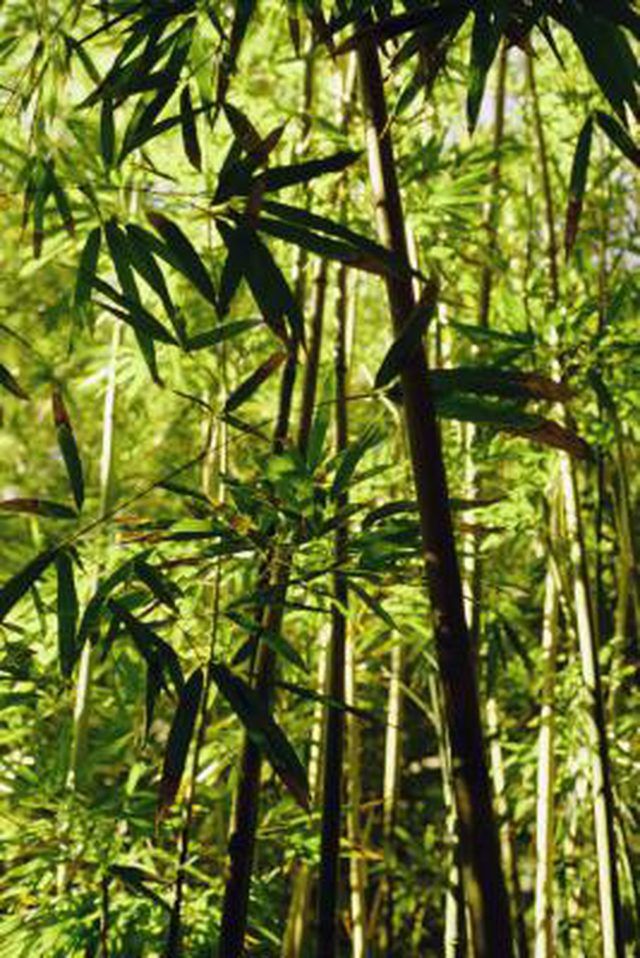Bulbs
Flower Basics
Flower Beds & Specialty Gardens
Flower Garden
Garden Furniture
Garden Gnomes
Garden Seeds
Garden Sheds
Garden Statues
Garden Tools & Supplies
Gardening Basics
Green & Organic
Groundcovers & Vines
Growing Annuals
Growing Basil
Growing Beans
Growing Berries
Growing Blueberries
Growing Cactus
Growing Corn
Growing Cotton
Growing Edibles
Growing Flowers
Growing Garlic
Growing Grapes
Growing Grass
Growing Herbs
Growing Jasmine
Growing Mint
Growing Mushrooms
Orchids
Growing Peanuts
Growing Perennials
Growing Plants
Growing Rosemary
Growing Roses
Growing Strawberries
Growing Sunflowers
Growing Thyme
Growing Tomatoes
Growing Tulips
Growing Vegetables
Herb Basics
Herb Garden
Indoor Growing
Landscaping Basics
Landscaping Patios
Landscaping Plants
Landscaping Shrubs
Landscaping Trees
Landscaping Walks & Pathways
Lawn Basics
Lawn Maintenance
Lawn Mowers
Lawn Ornaments
Lawn Planting
Lawn Tools
Outdoor Growing
Overall Landscape Planning
Pests, Weeds & Problems
Plant Basics
Rock Garden
Rose Garden
Shrubs
Soil
Specialty Gardens
Trees
Vegetable Garden
Yard Maintenance
How to Know Bamboo From Rhubarb
How to Know Bamboo From Rhubarb. Treasured in the culinary world for enhancing sweet and savory dishes, rhubarb (Rheum rhabarbarum) is an attractive addition to a home garden. The robust perennial thrives in U.S. Department of Agriculture plant hardiness zones 3 through 8 and can be grown as an ornamental plant or a valuable vegetable. Bamboo...

Treasured in the culinary world for enhancing sweet and savory dishes, rhubarb (Rheum rhabarbarum) is an attractive addition to a home garden. The robust perennial thrives in U.S. Department of Agriculture plant hardiness zones 3 through 8 and can be grown as an ornamental plant or a valuable vegetable. Bamboo (Bambusa Schreb.) is also prized for its function and form. However, the prolific perennial is a grass, which features nearly 2,000 species, including clumping varieties that flourish in USDA zones 8 through 10. Recognizing the difference between rhubarb and bamboo can help you produce a sustainable garden.
Examine the plant's leaves. Healthy specimens of rhubarb have large, smooth and dark green leaves with pleated edges that resemble those of a rose. Despite their attractive appearance, rhubarb leaves are inedible as they contain high concentrations of poisonous oxalic acid crystals. Bamboo foliage is light green, slender and pointed at the tip. The narrow leaves resemble large blades of grass and feature tiny hairlike projections around the edges.
Closely inspect the plant's stalk. Rhubarb stalks should be greenish-red in color and feel like smooth celery. The fibers in the stalk become less pronounced when heat is added. Cooked rhubarb adds tang and texture to pies, jams and tarts. Raw rhubarb is tough and sour. Bamboo stalks are thick, fibrous and feature varying shades of green and yellow. Certain species, including the Phyllosachys nuda, feature edible stems that resemble asparagus and taste like corn. The popular bamboo species grows well in USDA zones 6 through 8 and produces tender shoots that are commonly added to vegetable stir-fry recipes or boiled with pork and chicken to eliminate bitterness.
Look at the plant's flowers. Rhubarb features small greenish-white flowers that bloom on the end of its stems. The blossoms form thick clusters that contain seeds and often congregate in the middle of the plant. Bamboo flowers are white or light yellow; however, their appearance typically signifies the perennialís impending death. Species such as Phyllostachys bambusoides, which thrives in USDA zones 7 through 10, can survive if its delicate flowers are removed immediately after they begin to blossom.
Tips & Warnings
When in doubt differentiating between bamboo and rhubarb, look at the size of the perennials. Most mature rhubarb species average about 4 feet in height. Meanwhile, bamboo can grow to heights that exceed 20 feet.
Donít be fooled into thinking the Japanese Knotweed (Polygonum cuspidatum), which grows in USDA zones 5 through 9, is a type of bamboo. While itís commonly referred to as Japanese or Mexican bamboo, and features many of the same characteristics as the perennial grass, it is a member of the Buckwheat family.